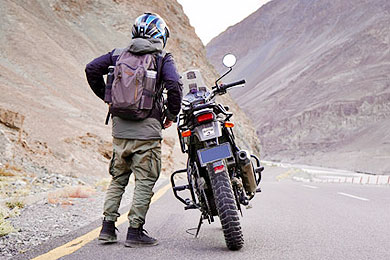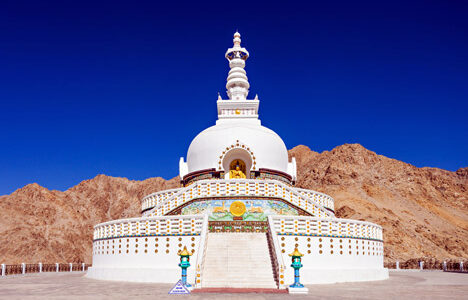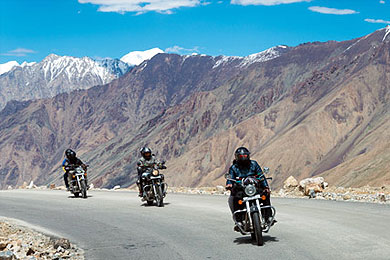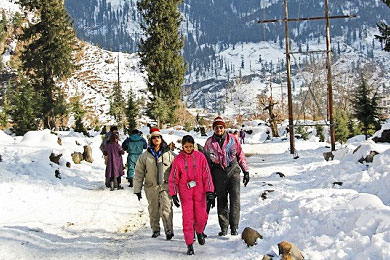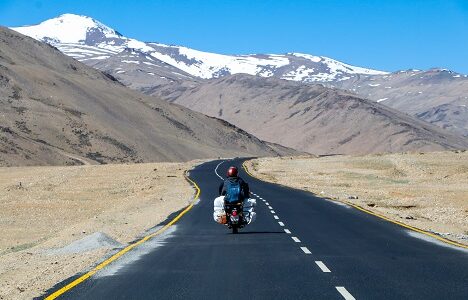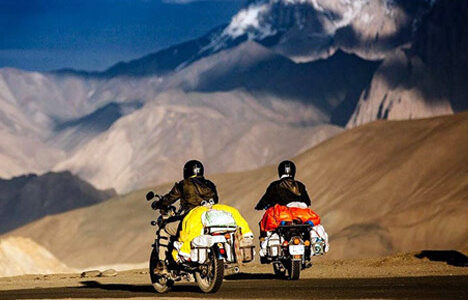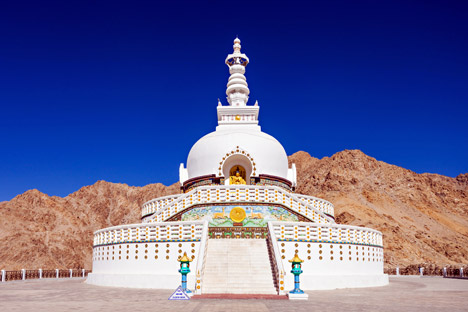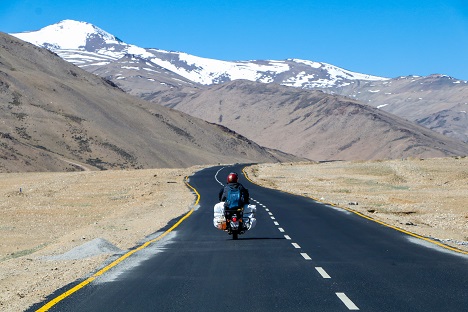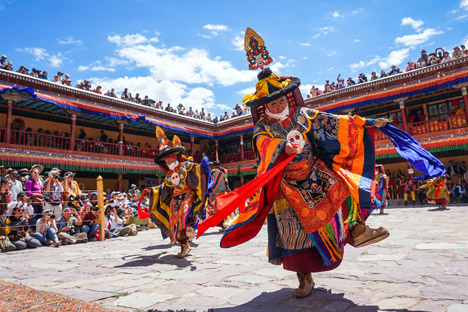Ladakh Historical Significance
Ladakh has a rich history dating back to ancient times. It was a major crossroads on the historic Silk Route, connecting India with Central Asia. Various dynasties, including the Tibetan Empire and the Kushan Empire, have influenced the region. Today, Ladakh is known for its preserved monastic traditions and ancient Buddhist heritage.
Facts About Ladakh| Major Attractions | - Leh, Pangong Lake, Nubra Valley, Tso Moriri Lake, Hemis Monastery
|
| Language Spoken | |
| Must Buy | - Pashmina shawls, Tibetan handicrafts, prayer flags, thangka paintings
|
| Time Zone | |
| Experiences | - Adventure, Spirituality, Culture
|
Tourist Attractions in Ladakh
Leh, the capital of Ladakh, is known for its historic monasteries, vibrant bazaars, and stunning landscapes. With its ever-changing shades of blue, Pangong Lake is a mesmerizing natural wonder. Nubra Valley offers unique desert landscapes and the opportunity to ride the Bactrian camels. Tso Moriri Lake is a serene, high-altitude lake surrounded by mountains, and Hemis Monastery is one of the largest and most famous monasteries in Ladakh.
Travel Tips To Visit Ladakh
If you plan to visit Ladakh, here are some essential travel tips:
- Local Culture: Show respect for local customs and traditions. Dress modestly and seek permission for photography in monasteries.
- Weather Forecast: Be prepared for varying weather conditions, especially if you plan to visit in the shoulder seasons.
- Local Food: Try traditional Ladakhi dishes like momos, thukpa, and Gur Gur Gur Chai to taste the local cuisine.

